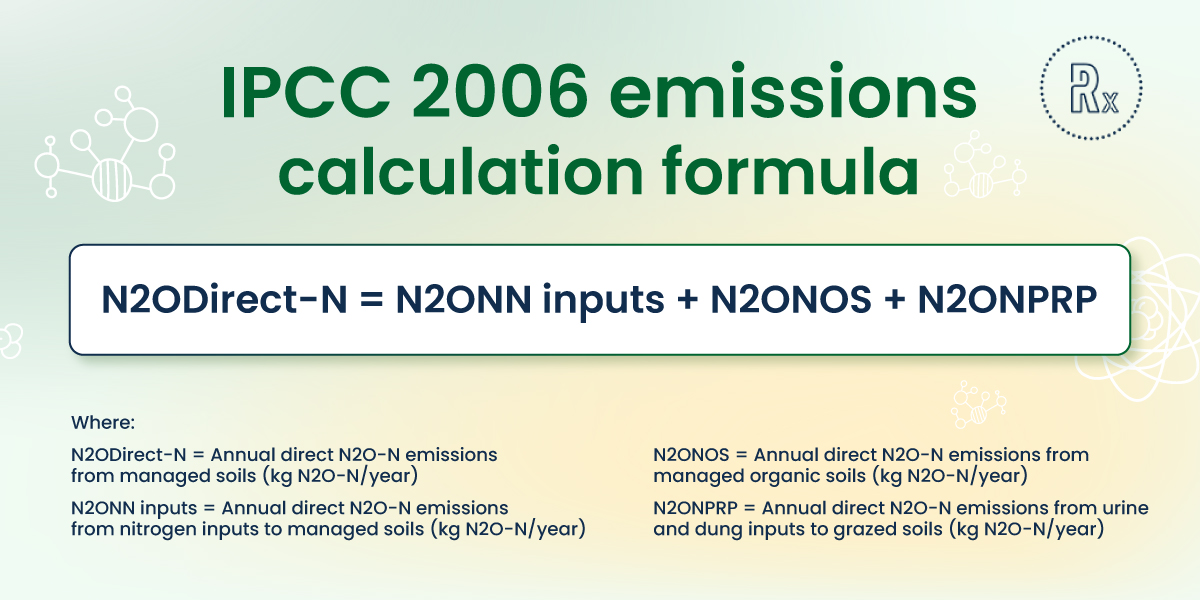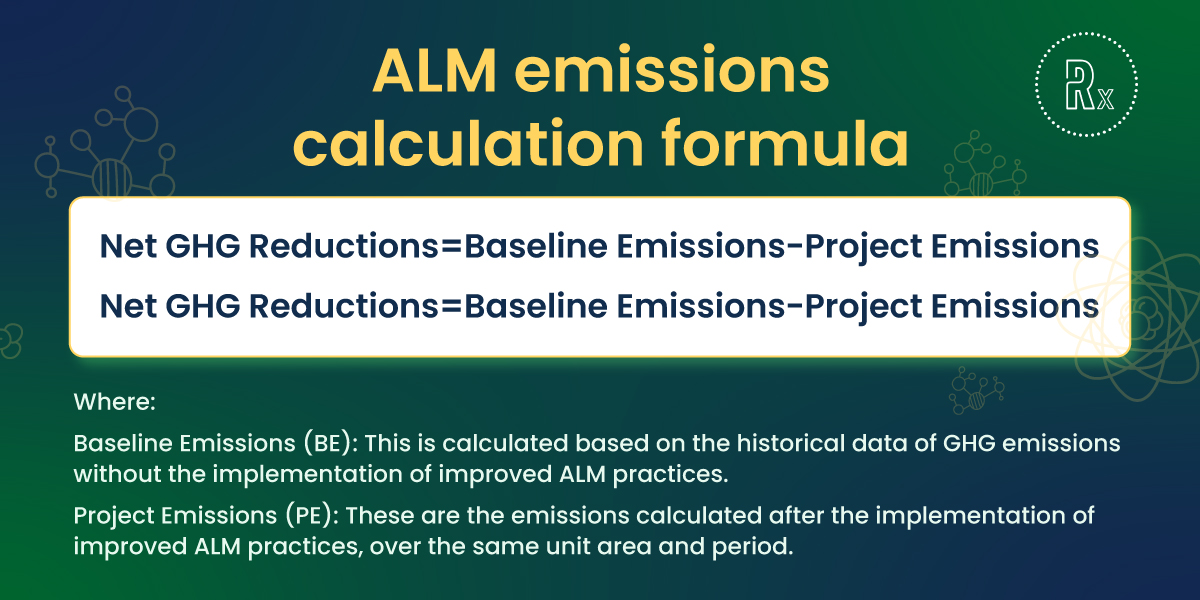Carbon footprint is the total sum of greenhouse gas emissions that your business activities generate. It’s an environmental ledger, accounting for every bit of energy your company uses and the emissions from its operations and products.
Therefore, understanding and managing your carbon footprint is key to a responsible corporate identity and can even lead to cost savings and improved operational efficiencies.
This article offers a straightforward guide on business carbon footprint calculation, providing a clear path to assess your environmental impact and find effective strategies to reduce your business’s carbon footprint.
Understanding your business carbon footprint
Taking a closer look, a business’s carbon footprint measures its environmental impact, by summing up the total emission of greenhouse gases like carbon dioxide and methane.
These emissions result from various business activities, from electricity usage to transportation and manufacturing processes. The first step in managing your business’s carbon footprint is to understand its components and how they contribute to the overall impact.
The primary sources of greenhouse gases in business operations include:
- Energy consumption: The use of electricity, heating, and cooling systems, predominantly powered by natural gas and other fossil fuels, contributes significantly to a business’s carbon footprint.
- Manufacturing and production: Industrial processes often involve the emission of carbon dioxide and other greenhouse gases, either directly through combustion or indirectly through energy consumption.
- Transportation and logistics: Whether it’s transporting goods or employee commuting, the use of vehicles powered by fossil fuels is a substantial contributor to greenhouse gas emissions.
- Waste management: The disposal and treatment of waste, especially non-recyclable materials, can lead to the generation of methane, a potent greenhouse gas.
For businesses, particularly in sectors like agriculture, where the environmental impact is more pronounced, it becomes crucial to quantify these emissions accurately.
To effectively calculate your carbon footprint, it’s essential to use reliable and scientifically backed methodologies. The Intergovernmental Panel on Climate Change (IPCC) and VERRA provide comprehensive guidelines and frameworks for this purpose, tailored to different business sectors, including agriculture.
IPCC 2006 Guidelines for Greenhouse Gas Inventories
Overview of the IPCC 2006 guidelines
The IPCC 2006 Guidelines for Greenhouse Gas Inventories provide an essential framework for businesses, especially in agriculture, to calculate greenhouse gas emissions. These guidelines are crucial for understanding the full scope of a company’s environmental impact, particularly emissions of nitrous oxide (N2O) from managed soils.
Key formula for emissions calculation
The key formula provided in the IPCC 2006 Guidelines for calculating direct N2O emissions from managed soils (Tier 1 method) is intricate but vital for precise emissions assessment. It can be expressed as follows:

This formula includes several components:
- Nitrogen Inputs to Soils (NN inputs):
This factor calculates emissions based on the type and amount of nitrogen inputs, including synthetic fertilizers, organic nitrogen, crop residues, and soil organic matter. Each category is multiplied by its respective emission factor (EF1 or EF1FR for flooded rice fields).
- Managed Organic Soils (NOS):
The emissions from organic soils are calculated by considering the area of these soils under different conditions (temporal, tropical, nutrient-rich, nutrient-poor) and multiplying by respective emission factors (EF2CGTemp, EF2CGTrop, etc.).
- Urine and Dung Inputs to Grazed Soils (NPRP):
This accounts for N2O emissions from urine and dung deposited by grazing animals, using specific emission factors for different animal types (EF3PRPCPP for cattle, poultry, and pigs, EF3PRPSO for sheep and other animals).
Importance for businesses
Accurately applying these formulas enables businesses, particularly in the agricultural sector, to understand their N2O emission levels. This understanding is crucial for developing strategies to reduce emissions, thereby mitigating their environmental impact.
Moreover, businesses can use this data to comply with environmental regulations and potentially engage in carbon trading markets. By calculating and managing their emissions, companies demonstrate a commitment to sustainability, which can enhance their reputation among consumers and investors who are increasingly environmentally conscious.
VERRA’s Improved Agricultural Land Management (ALM) Framework (VM0042-Improved-ALM-v2.0)
Introduction to VERRA’s ALM framework
In the realm of sustainable agriculture, VERRA’s Improved Agricultural Land Management (ALM) Framework (VM0042-Improved-ALM-v2.0) stands out as a critical tool. This framework provides a structured methodology for quantifying greenhouse gas (GHG) emission reductions and removals. It’s particularly beneficial for agricultural projects committed to enhancing their sustainability practices.
Quantifying GHG emission reductions and removals
The cornerstone of the ALM Framework is its approach to calculating changes in GHG emissions due to improved land management practices. Here’s a closer look at the methodology:
- Emission calculation approach: The framework quantifies emissions in terms of carbon dioxide equivalent (CO2e) per unit area for each monitoring period. This involves comparing baseline emissions (what would have occurred without improved practices) to project emissions (post-implementation of improved practices).
- Baseline vs. project emissions: Baseline emissions represent the ‘business as usual’ scenario, while project emissions account for the changes brought by improved land management.
The quantification process involves meticulous accounting of stock changes and emissions for each pool or flux within the project area, scaled to a per-unit-area basis.
Mathematical formula for emission changes
While the specific mathematical formulas are detailed and complex, they fundamentally revolve around the following structure:

The net GHG reductions represent the total decrease in emissions due to the improved practices, measured in CO2e. This calculation is critical for agricultural businesses to understand the impact of their sustainability efforts on GHG emissions.
Applicability and importance for businesses
This framework is particularly relevant for businesses in the agricultural sector looking to quantify and reduce their carbon footprint. By accurately measuring emission reductions, businesses can align with environmental sustainability goals, participate in carbon credit markets, and demonstrate their commitment to reducing climate change impacts. This methodology not only aids in compliance with environmental regulations but also enhances the reputation of businesses as leaders in sustainable practices.
Paving the way for a greener business future
It’s clear that mastering these methodologies isn’t just about meeting regulations—it’s a crucial step towards a sustainable future. Utilizing the IPCC 2006 Guidelines and VERRA’s ALM Framework equips businesses, especially in agriculture, with the knowledge to make impactful changes. These frameworks offer more than just compliance; they open doors to green innovation, break-through ideas, enhance brand reputation, and align with the growing eco-conscious consumer base.
As we continue with sustainability, each measure taken to reduce our carbon footprint contributes to a healthier planet and a sustainable legacy for future generations.



